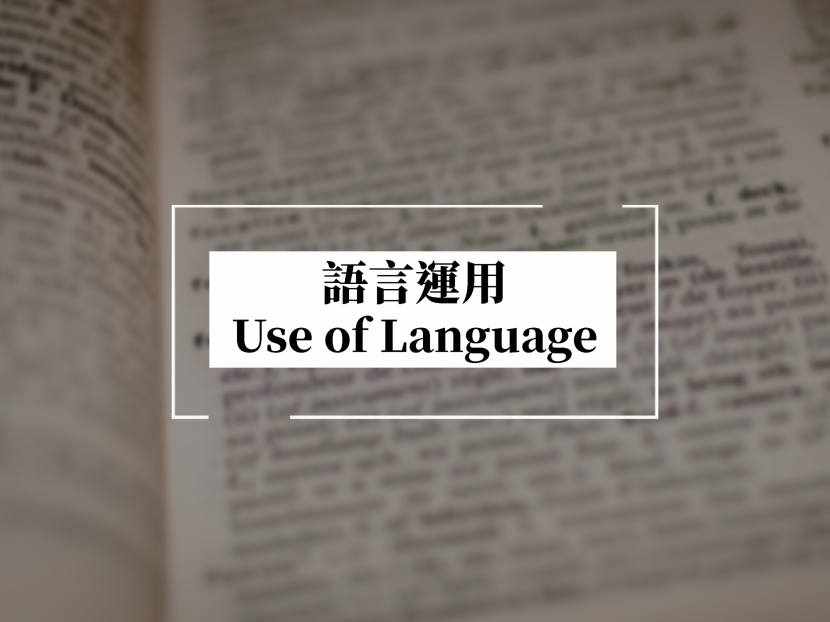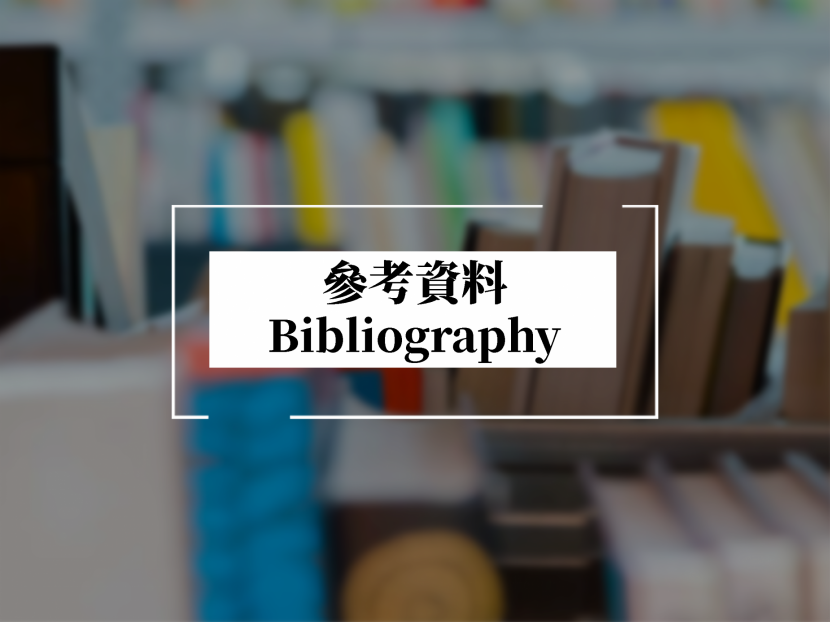'Arts with the Disabled'
The research title is 'Arts with the Disabled in Hong Kong'. 'Arts with the Disabled' is defined as any art events involving people with disabilities. People with disabilities can be the participants, artists, or related staff in these events. And 'arts' refers to any form of artistic expression, including but not limited to various performance and visual art forms, such as drama, music, dance, painting, etc.
It is worth mentioning that the concept of 'Disability Art' has long existed abroad, and the development of disability art movement has a very long history. However, our research focuses mainly on the development of 'arts with the disabled' in Hong Kong; therefore, the term 'disability art' has not been employed, aiming to reflect on how its development is closely related to the cultural background and history of Hong Kong.1
In addition, this research project might involve the application of art in rehabilitation, therapy, and the enhancement of individual's physical and mental health. However, since this project focuses on the development of 'arts with the disabled', discussions related to art therapy and therapeutic practices are not the main scope of this research.
Methodology
This research mainly explored the history of 'arts with the disabled' in Hong Kong in two aspects:
Data collection and organisation
This research gathered documents from various panels of the Legislative Council, as well as publications, news reports, audio-visual archives, from rehabilitation and art organisations. From this, we organised the involvement of different stakeholders in the development of arts with the disabled. At the same time, we also contacted various individuals related to this field, including those working in the rehabilitation sector, arts with the disabled sector, artists with disabilities, and educators. Our aim is to include past events that have not been recorded in publications or news on to the historical timeline. All of this information has been documented in the 'Timeline & Milestones' and 'Collection'.
Oral History
We interviewed stakeholders in various roles within local arts with the disabled sector. The interviewees included artists with disabilities such as their family members and carers, art instructors, sponsoring organisations or communities. Our aim is to showcase their work experiences in the sector from a micro perspective, complementing historical literature by vividly presenting individuals' participation experiences and the impact of art on their lives.
Limitations
The main limitations of this research project are as follows:
Research scale
Even though the government, rehabilitation organisations, and arts organisations have largely dominated the development of local arts with the disabled, there are still many community activities and small-scaled art groups that also have a significant impact on the popularisation of arts with the disabled. These activities are often led by individual social workers or artists and tend to be smaller in scale, making them more challenging to track and investigate. Given the limited resources of the project, this research could not expand the scope of its search and investigation to regional or demographic units. Therefore, the database aims to present relevant information from historical documents and the networks of practitioners as comprehensively as possible within reasonable limits.
Archive and Documentation of Art Events
As mentioned above, a large number of art events occur within community networks, reaching only limited audiences and rarely mentioned in literatures or news reports. Some publications for these events may not have been properly archived. The situation was more severe in the era when digitisation and electronic technology were not widely used, resulting in the loss of many valuable historical documents. The immature documentation and archiving process is undoubtedly a challenge for the research, significantly increasing the difficulty of tracing important events or finding related individuals.
Arts with the Disabled Events and the Operational Model of the Organisations
Despite the presence of many organisations in Hong Kong that focus on promoting the development of arts with the disabled, the majority of those that have participated in enabling arts activities are large-scale rehabilitation groups or other non-profit organisations. The services provided by these organisations usually cover multiple professional fields, including social services, education, cultural arts, and disability affairs, with enabling arts activities being just one aspect of their numerous services. Therefore, the methods these organisations use to document their development milestones will vary according to their positioning and target audience. Furthermore, these large organisations have many independently operating work units, some of which have evolved over time into social enterprises or brands. These units have different modes of participation and operation in the development of enabling arts, and their participation experiences may also be lost due to personnel changes. These factors make it challenging for the research project to systematically present the overall context of individual organisations.
To conquer the aforementioned limitations, efforts have been made to contact various stakeholders in arts with the disabled sector through networks. We have also conducted oral history interviews and surveyed rehabilitation organisations and art organisations involved in the development of arts with the disabled to obtain useful information for the research. Although the information gathered from these methods is quite limited, they still helps fill several historical gaps resulting from incomplete documentation for the research.
1 Research regarding the cultural background and significance of 'arts with the disabled' can be found in the article 'Use of Language'.










